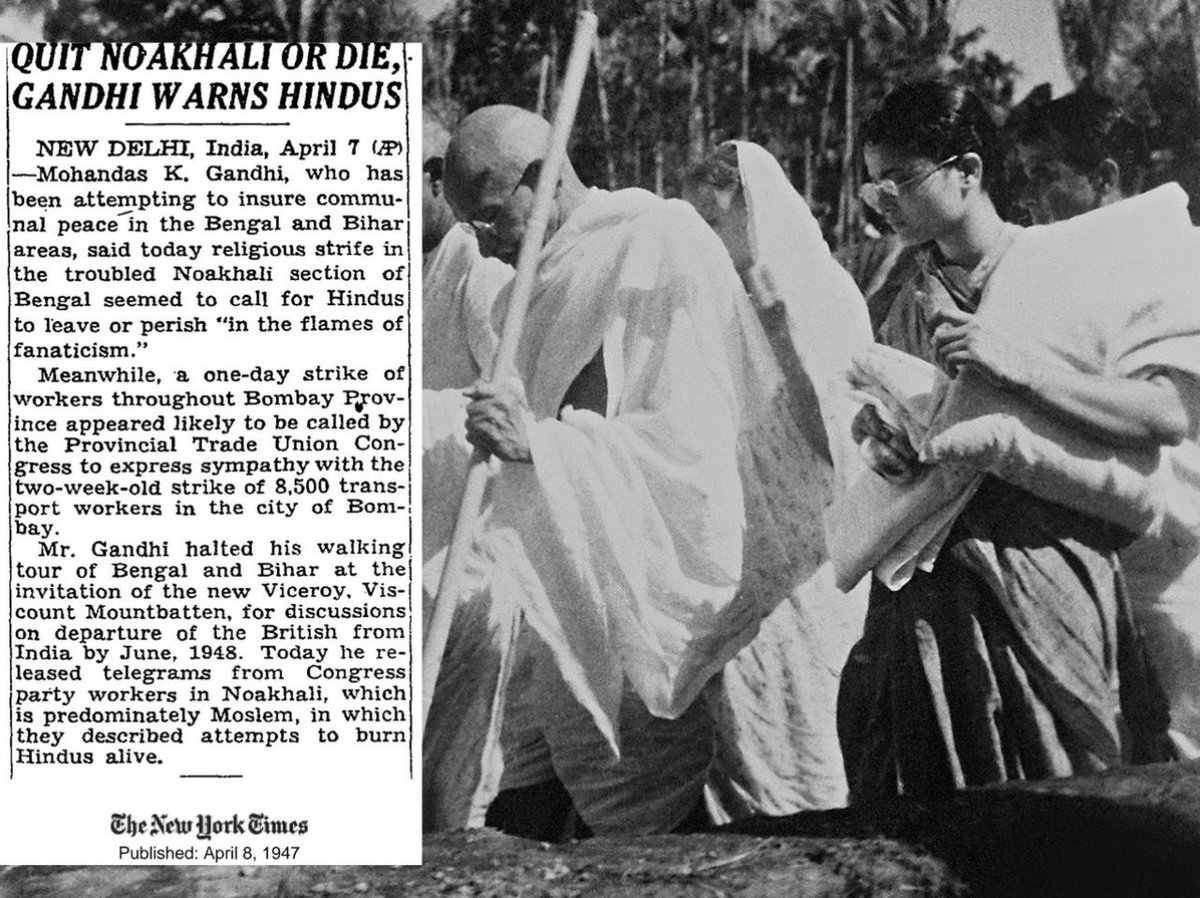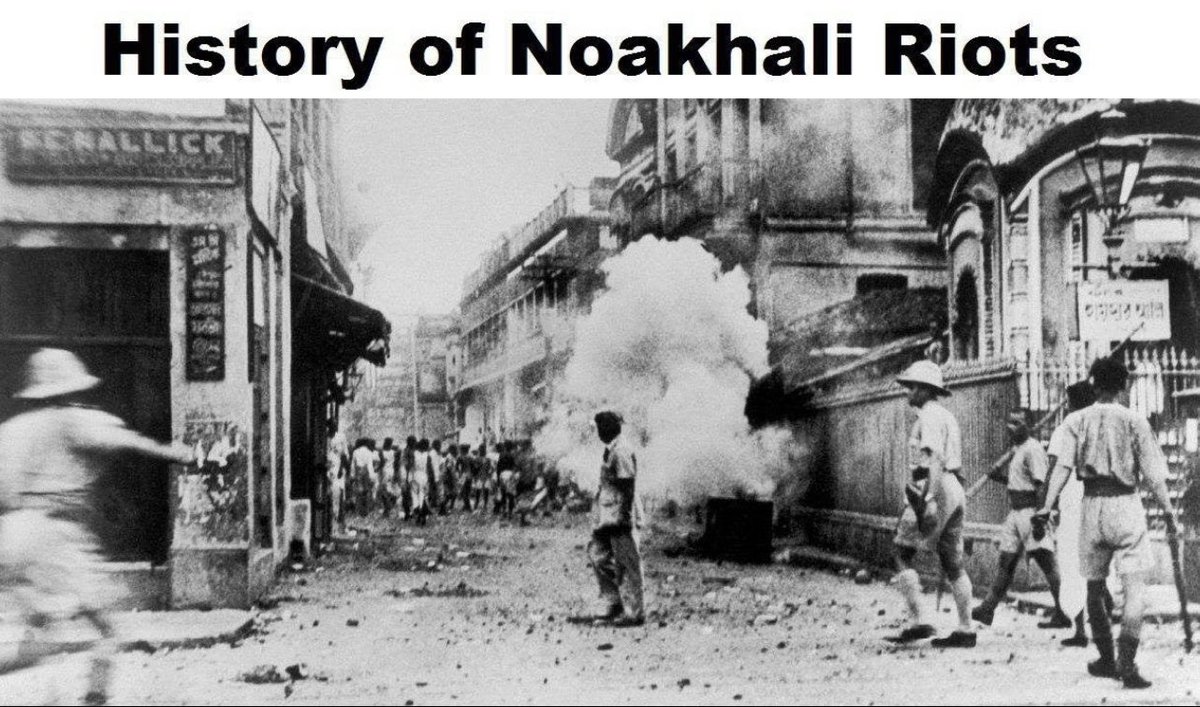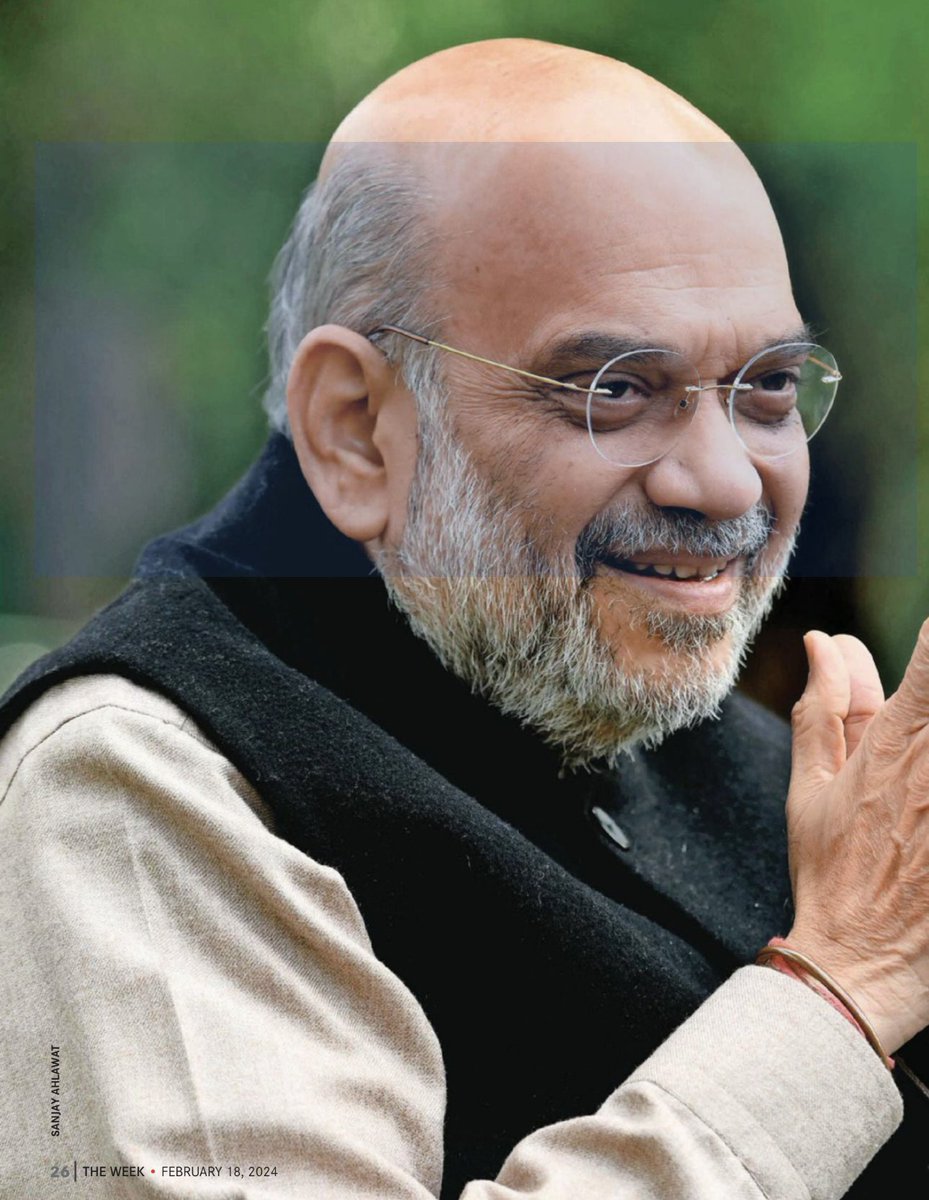The day should have stayed etched in the memory of Hindus, but sadly Hindus have forgotten the genocide which started on Oct 10, 1946, exactly 75 years ago. With the British quitting Bharat soon, Jinnah’s power struggle intensified. Muslim League had won 113 of the 119 Muslim… 

…seats in Bengal province in the Jan 1946 provincial elections, & formed the govt with ‘Butcher Of Bengal’ Huseyn Suhrawardy as the PM. That the leaders of the Muslim League could go to any extent to severe the country to get a piece of land to make an Islamic nation… 

…(a new Medina), was evident from the ‘Direct Action Day’ aka ‘Great Calcutta Killings’ of Aug 16, 1946.
Anti-Hindu sentiments had been seeded in the Muslim mind for a long time by terror monger Gholam Sarwar Hossaini, an influential Muslim leader hailing from a Pir family…
Anti-Hindu sentiments had been seeded in the Muslim mind for a long time by terror monger Gholam Sarwar Hossaini, an influential Muslim leader hailing from a Pir family…

…happened to be the hereditary khadims at the Diara Sharif (Sufi shrine) in Shyampur, revered as a holy place by Muslims & Hindus alike. To this day, Hindus continue to foolishly worship at Sufi shrines like Ajmer Dargah, Ghazi Miyan Dargah at Bahraich… 

…(the word ‘Ghazi’ literally means ‘vanquisher of kafirs’!), ignorant about the history of these sites.
The ultimate goal of the Noakhali genocide was to transform Bengal into Dar-ul-Islam, an ‘Abode of Islam’. The police did nothing to end the blood bath, instead the Muslim…
The ultimate goal of the Noakhali genocide was to transform Bengal into Dar-ul-Islam, an ‘Abode of Islam’. The police did nothing to end the blood bath, instead the Muslim…

…Police Superintendent allegedly joined forces with the rioters. Leaders like Jawaharlal Nehru remained indifferent to this mass slaughter; Gandhi’s sermons of non-violence remained ineffective against Islamic barbarism. Contrary to the popular narrative, 

…his intervention did not bring an end to the violence. By April 1947, he was helplessly asking the remaining Hindus to leave or die.
Courtesy : HinduPost.
Courtesy : HinduPost.

• • •
Missing some Tweet in this thread? You can try to
force a refresh












